Toyota Patents Cloaking Device to Make Car Pillars Invisible
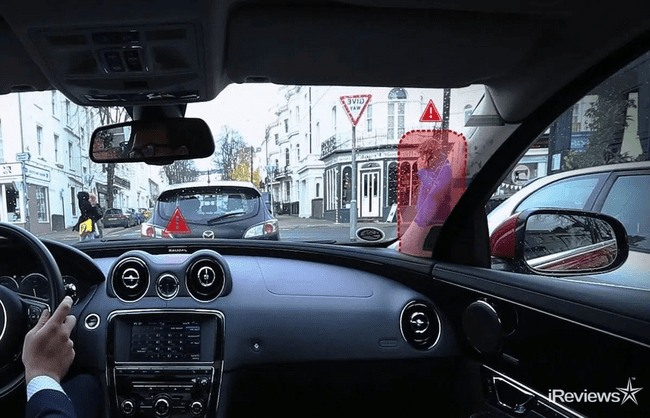
Japanese automotive manufacturer Toyota recently received a patent for a cloaking device. What was once a fictitious technology appearing only in sci-fi and fantasy entertainment is now progressing towards becoming a reality. But this particular invisibility cloak doesn’t resemble Harry Potter’s or that of a cybernetic ninja from the future.
Proprietary Invisibility
The official title of the patent publication is “Apparatuses and Methods for Making an Object Appear Transparent.” But if you keep reading past the longwinded title, it becomes apparent that Toyota just received a U.S. patent for a cloaking device. The company filed this patent with the United States Patent and Trademark Office (USPTO) on June 17th, 2016.
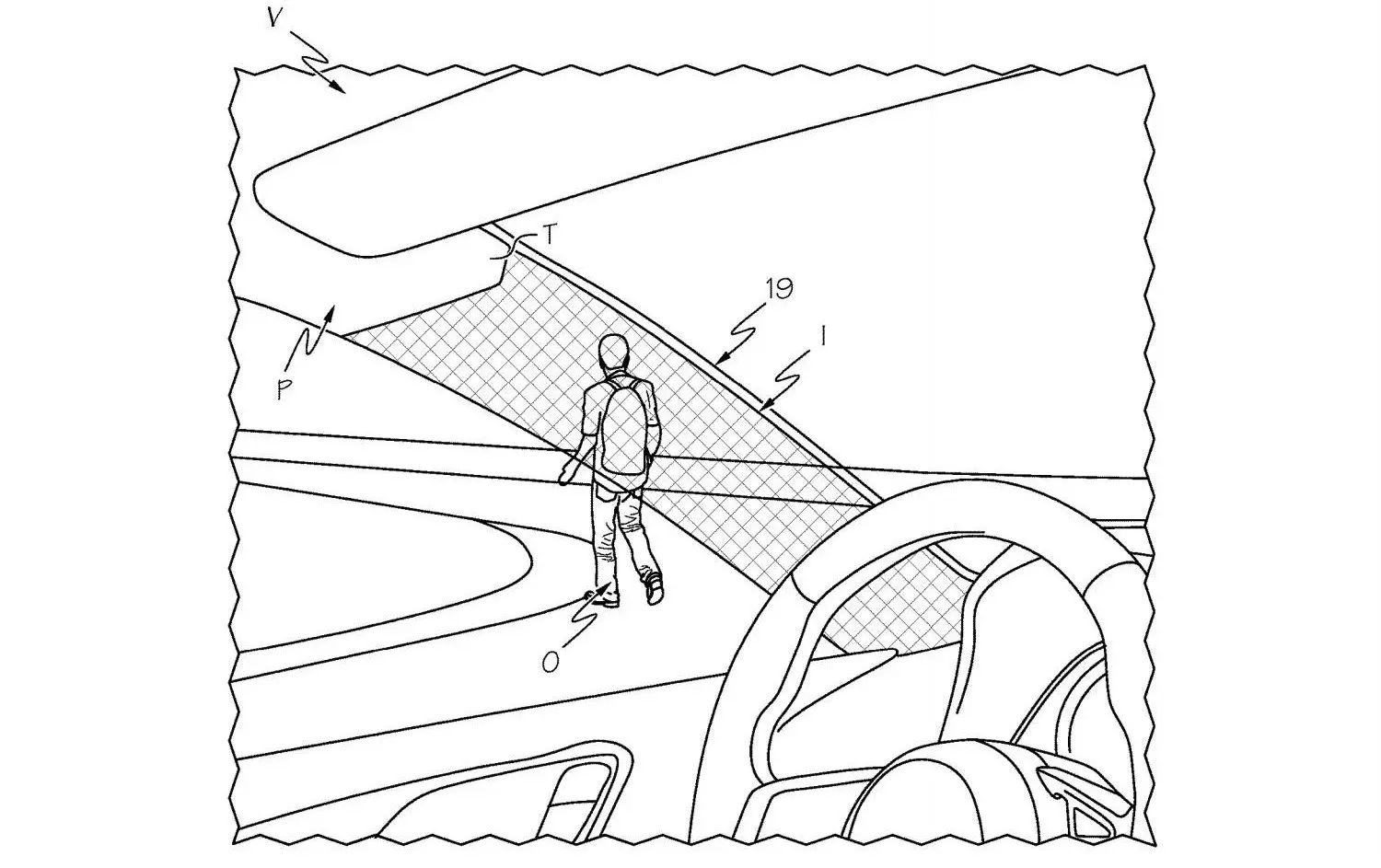
Most people think of a cloaking device as something used to hide or be stealthy. But Toyota wants to use this patented technology to improve visibility. The publication reveals Toyota would use a mirror system to “hide” a car’s front pillars to increase driver visibility. So while this technology could be used to make the coolest getaway car if combined with Lightyear’s solar car concept, we should just be glad that Toyota is innovating with our safety as first priority.
Full Transparency
Over the past few years, the front pillars to the left and right of the car dashboard have grown thicker. These pillars, known as the A-pillars, have increased in size in response to more stringent crash-safety standards. Structurally, wider A-pillars make the car bodies stiffer and safer.
Visually, they can be a blind spot. Eliminating these “eye sores” from the driver’s field of vision would not only improve driver ergonomics (no more shifting around to see over the pillar), but pedestrian safety would benefit as well.
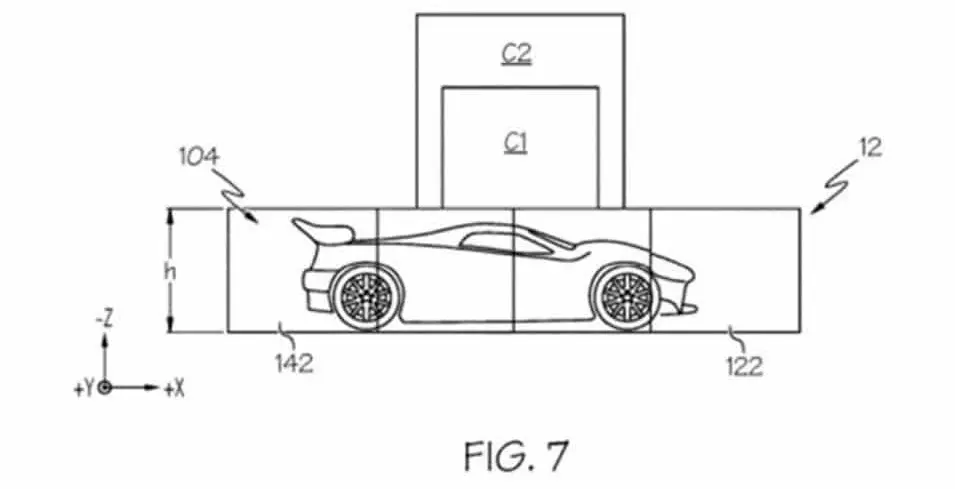
The device itself would be a combination of regular and polarized mirrors arranged so that the driver can “see through” the pillar. Basically, some mirrors would bend visible light around the obstruction it would normally land on (in this case, the pillar). Other mirrors would then reflect this light back to the driver’s view, giving the illusion that the pillar is now transparent.
Hiding in Plain Sight
Toyota’s cloaking device may be a brand new concept to some. But all drivers are familiar with the problem of obstructive A-pillars. “Cloaking” technology has been quietly improving for the past few years to combat this.
The Rochester Cloak may have caught your eye (get it?) last time it was in the news. Developed at the University of Rochester, this practical cloaking device uses four standard lenses to make an object invisible, even if the viewer is several degrees away from the ideal viewing position. Recently, it was upgraded through the utilization of flat-screen displays. Toyota’s patented technology seems very similar to this one.
Car makers have considered other methods of bypassing the A-pillars. Volvo’s 2001 Safety Car Concept featured a lattice-like structure for its A-pillars, but the concept never made it to production. Car makers have also utilized electronic means to solve the clunky A-pillar problem. Vehicles like the Jaguar Land Rover have cameras on the outside of the pillar feeding an embedded display of the outside to the driver.
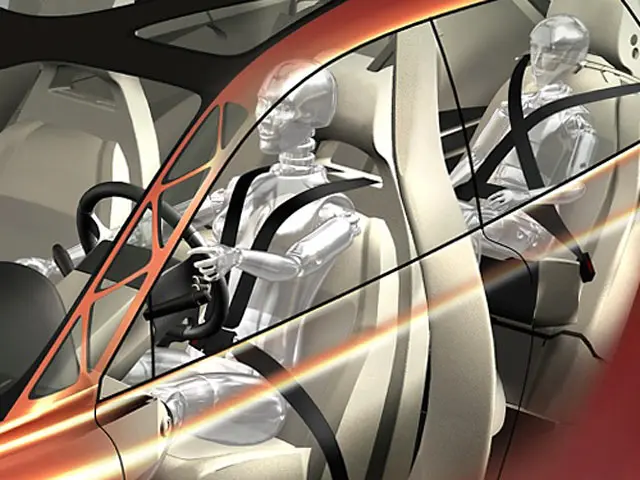
Plans Are Not Crystal-Clear
Toyota hasn’t officially announced any plans to incorporate the cloaking device into any future iterations of its current car models. There’s a chance this concept may never be physically realized, like many (most) patent applications.
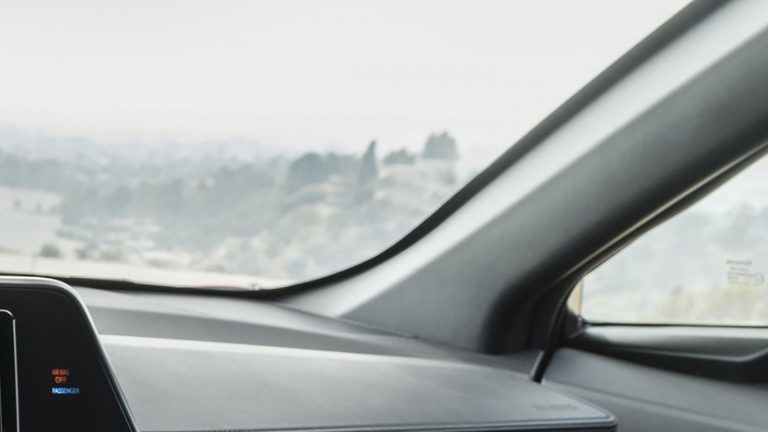
Actual practicality in execution is a key factor for new technologies to have in order to become ubiquitous. Toyota set out to make a less expensive visibility solution than using video cameras. Their solution to the A-pillar problem is an elegant and cheaper solution than utilizing expensive electronics or other specialized materials. Let’s hope we start seeing these on the road soon.
Like learning about the newest transportation-disrupting technologies? Visit our transportation section often for the latest news. Read up about GM’s $5,300 Baojun E100, Tesla’s Model 3 Release, and Audi’s focus on Formula E. Also, if you’re in the market for a new ride, check out our reviews of the Tesla Model 3 or the 2017 Chevy Bolt.
Sources: Free Patents Online, caradvice.com, Futurism, CNET, New York Post





